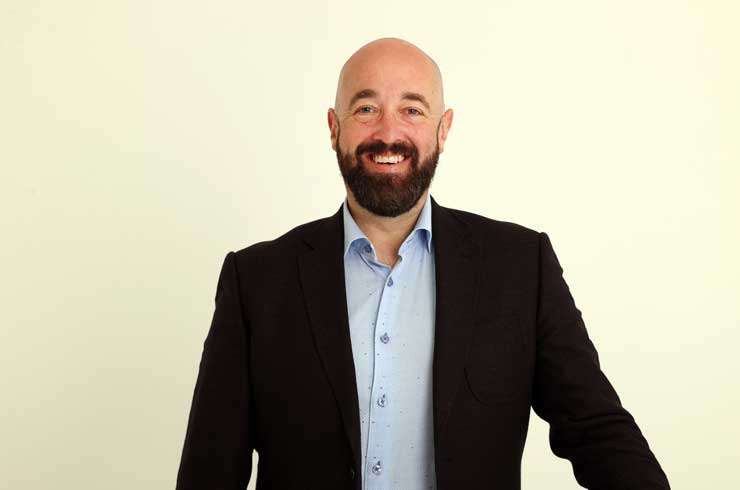ANALYSIS: The latest results from the QV House Price index show the nationwide average property value dropped 4.9% in the three months to the end of July to $989,790, the first time it has slipped below the $1m mark since September last year. OneRoof's own house price figures show a similar trajectory. So what does a drop of 4.9%, or just over $50,000, mean for buyers looking to get a mortgage? Is a mortgage significantly easier now than it was three months ago? And if so, by how much?
Assuming you can get a 90% Loan to Value Ratio mortgage (requiring just a 10% deposit) on the average house in New Zealand, you would have required a deposit of around $104,000 at the start of May (10% of the average property value of $1,040,927. The 4.9% decline over the last three months means buyers would need to stump approximately $99,000. Not insignificant, but, unfortunately, the number of people that have access to $99,000, but not $104,000, is likely to be small, so while a $5000 saving is a bonus, the the drop in property values won't have changed significantly the fortunes of those facing the deposit hurdle.
But what about income?
Currently, the servicing rate or "stress-test rate" for mortgages is around 7.95%, meaning the banks test whether you can afford a mortgage at this higher interest rate, not at the currently available rates of approximately 5-6%.
Start your property search
The cost of a mortgage on a property bought at today's prices at this higher servicing rate is $6500 per month. The drop in average property values has made borrowing technically easier, by about $350 per month, which sounds good except for one significant detail. Three months ago, the servicing rate was around 7.35%, meaning it was easier to get a mortgage for what was a more expensive house.
Even in real dollars buying a more expensive house was a better buy three months ago. A mortgage of $890,000 today can be fixed for 5% at the cheapest one-year rate, whereas a $930,000 mortgage three months ago would have received a 3.8%-4% interest rate for the one-year fixed rate.

Mortgage Lab founder Rupert Gough: "Affordability hasn't moved much despite the average house price coming down." Photo / Fiona Goodall
And this is the problem with trying to time the bottom of the market. There is much more to timing the market than simply looking at the average price of a house. There is funding availability, especially if you are borrowing more than 80%, bank policies at the time of application and housing stock levels.
People with finance availability who are waiting on the sidelines, waiting for houses to get to their cheapest value in this cycle, may miss out by not being able to get a mortgage later this year. There is, of course, a chance that it could be easier to borrow, but it could also be more challenging if interest rates continue to rise. In other words, buying today and maybe absorbing some loss on the value may be better than not being able to purchase in the future. If you're not looking to sell any time soon - i.e., you aren't buying to renovate and flick - not knowing the exact bottom of the cycle shouldn't be a reason to stay out of the market.
If you have finance approved already, it's important to remember that the value drop is an average of all the houses, both nationwide or specific to a city. Houses across the country have dropped by 5%, but some properties will have dropped by 10% -and may represent a bargain to buy today - and others have held their value.
My advice is not to assume that lending will be more straightforward in the future. We can see above that a buyer's affordability hasn't moved much despite the average house price coming down. But bargains can be found at any point in a property cycle, especially at this stage without a lot of buyer competition.
- Rupert Gough is the founder and CEO of Mortgage Lab and author of The Successful First Home Buyer.













































































